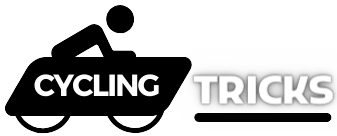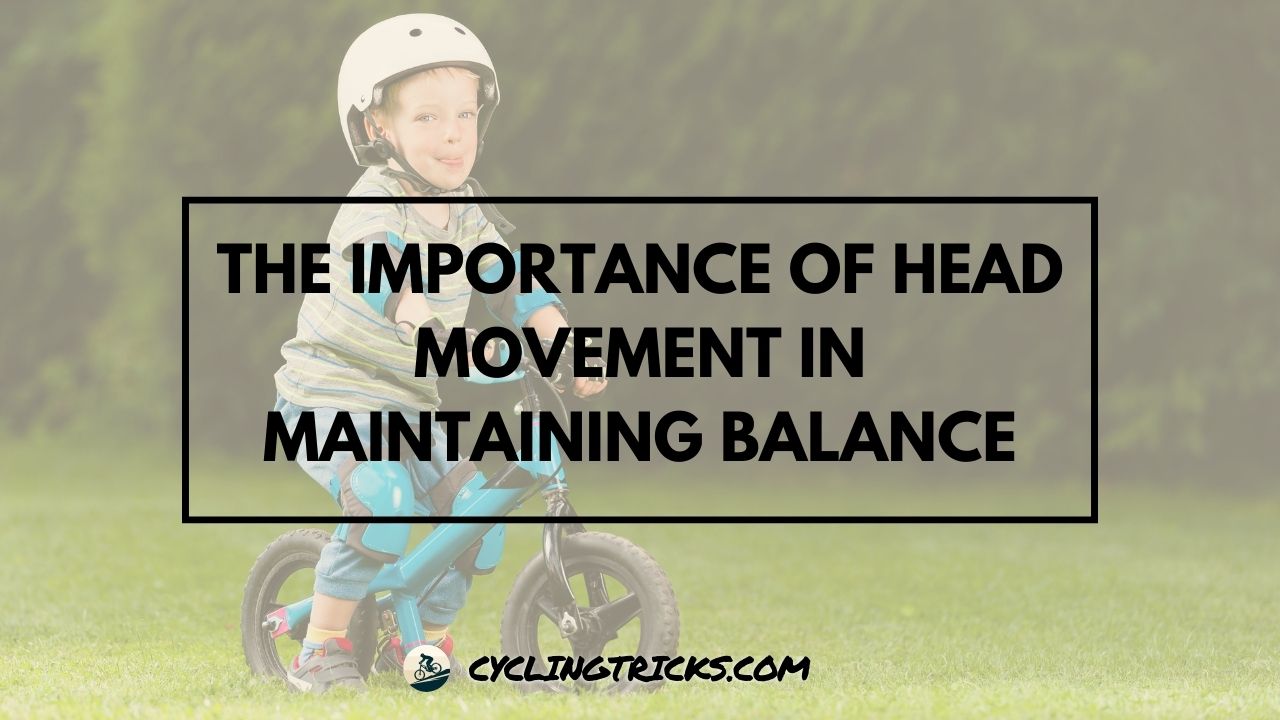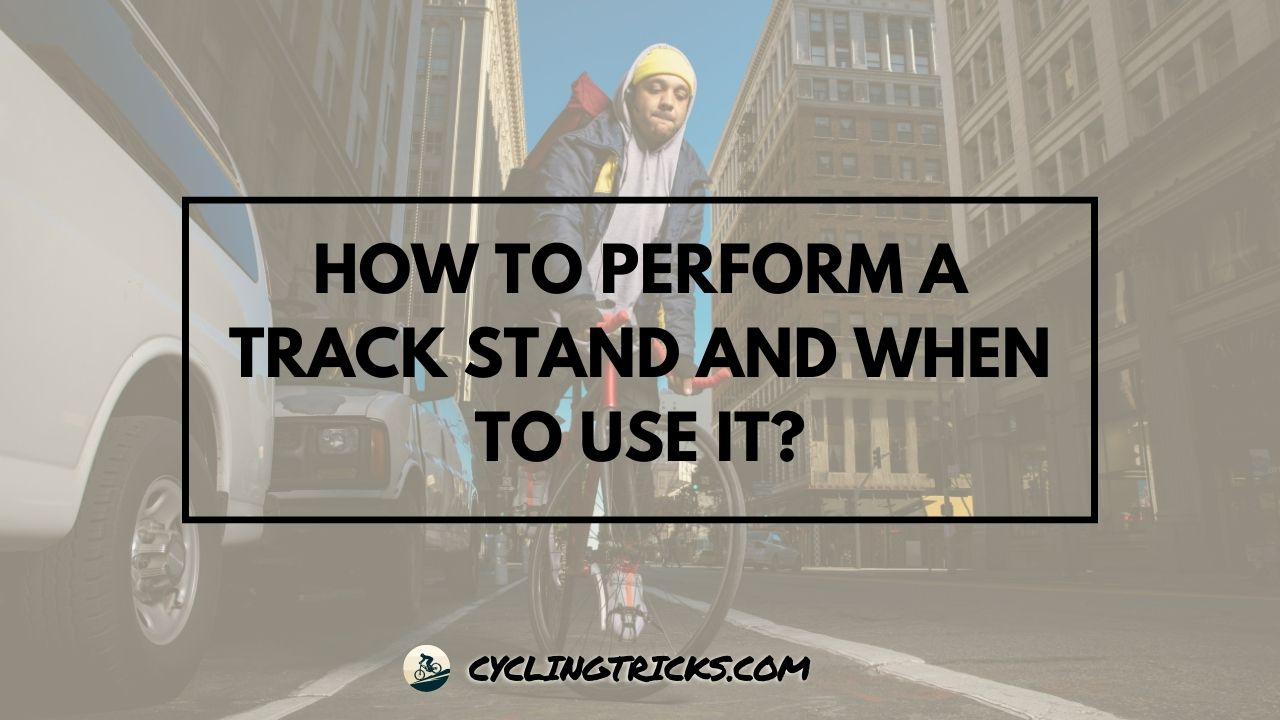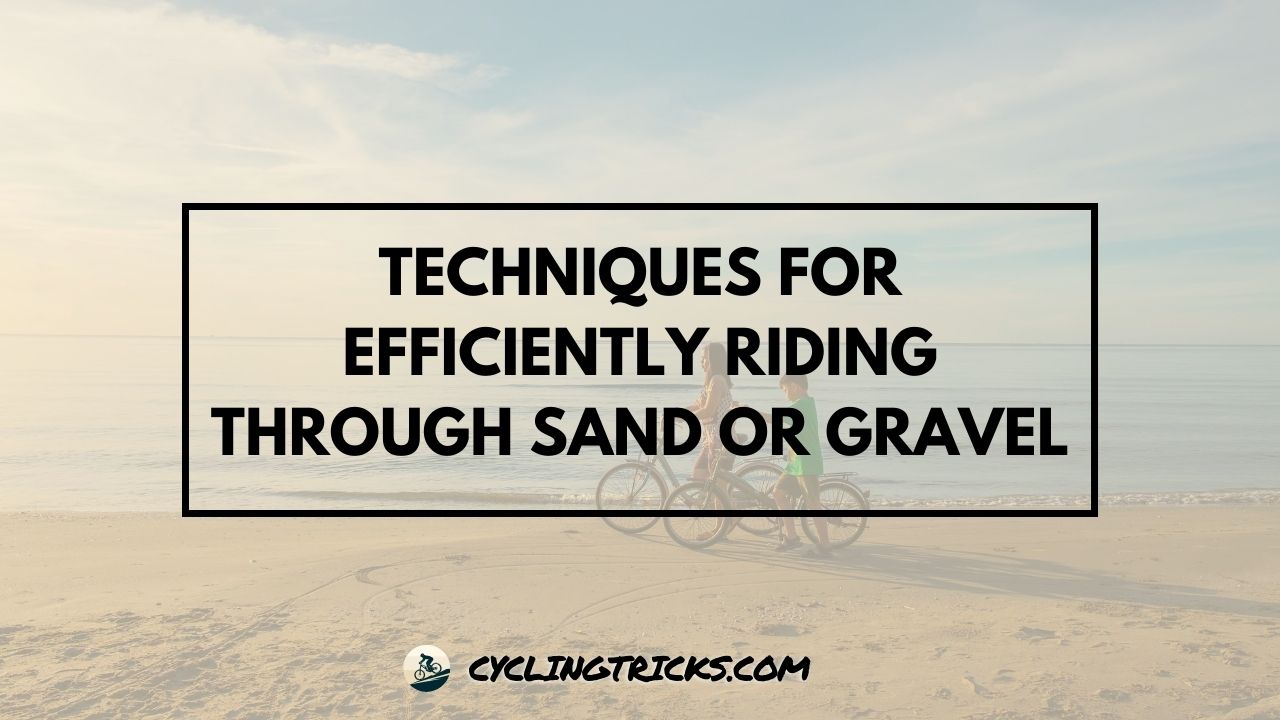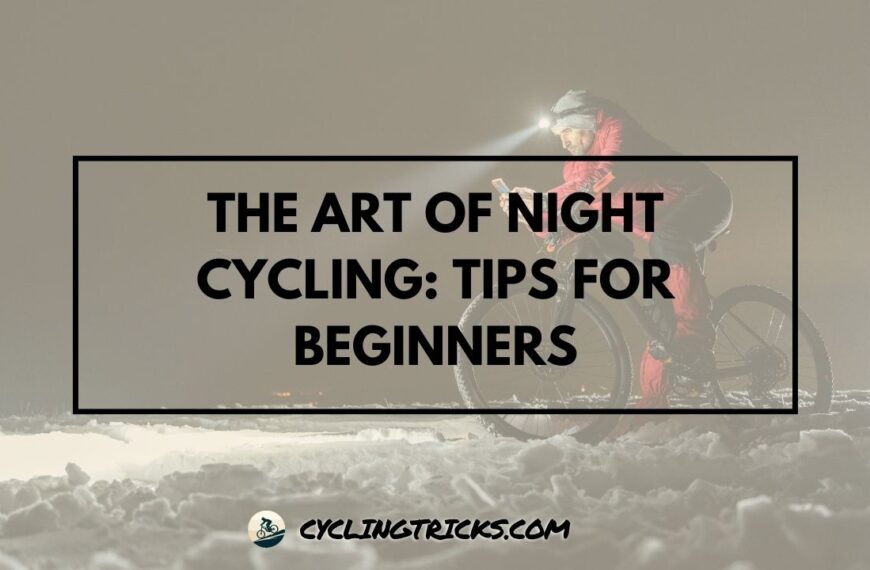Did you know that head movement plays a crucial role in maintaining our balance? It may come as a surprise, but the way we move our head affects our overall stability and equilibrium.
Whether we’re walking, running, or simply standing, head movement is essential for maintaining a steady posture and preventing falls.
In this article, we will explore why head movement is so important for balance and stability. We will delve into the role it plays in supporting our equilibrium and how it contributes to overall balance.
By understanding the significance of head movement and incorporating appropriate strategies into our daily lives, we can enhance our stability and navigate our activities with confidence.
Key Takeaways:
- Head movement is crucial for maintaining balance and stability.
- It supports our equilibrium and contributes to overall balance.
- Proprioception and the vestibular system interact with head movement to enhance stability.
- Varying head orientations can affect our sense of balance.
- Practical tips can help us incorporate head movement into our daily activities.
Understanding Postural Control and Body Alignment
Before we dive into the significance of head movement in maintaining balance on a bike, it’s crucial to comprehend the concept of postural control and how it is influenced by body alignment. Postural control refers to the ability of our body to maintain stability and equilibrium in various positions and movements.
Posture is the foundation of balance, providing a stable base for our movements and activities. It involves the proper alignment of our body, from the head down to the feet. When our body is aligned correctly, our muscles, joints, and bones work together efficiently, promoting optimal function and balance.
Neurological control plays a vital role in postural stability. The nervous system, including the brain and spinal cord, coordinates the muscular and skeletal systems to maintain proper body alignment and control movements. It receives sensory information from various sources, including the vestibular system, proprioceptors in the muscles and joints, and visual cues.
Neurological control enables our body to make instantaneous adjustments to maintain balance. When we initiate a movement or encounter changes in our environment, the nervous system responds by activating the appropriate muscles and adjusting our posture to maintain stability.
“Proper postural control and body alignment are the foundations upon which balance is built. When our body is aligned correctly and our neurological control is functioning optimally, we have a solid framework for maintaining balance and responding to changes in our surroundings.” – Dr. Jane Smith, Neurologist
The Role of Proprioception in Balance
In order to understand the importance of head movement in maintaining balance, it is essential to consider the role of proprioception. Proprioception refers to the body’s ability to sense its position in space and is a crucial component of balance. By relying on feedback from muscles, joints, and other sensory receptors, proprioception allows us to make subtle adjustments to maintain stability.
When it comes to balance, proprioception plays a significant role in coordinating movements and keeping us upright. It interacts closely with head movement, as the position and orientation of our head provide key sensory input for maintaining equilibrium.
Picture this: Imagine standing on one leg with your eyes closed. Without visual cues, it is your proprioceptive system that enables you to maintain your balance. By continuously monitoring the position of your leg, ankle, and foot, proprioceptive feedback informs your body’s responses, helping you make the necessary adjustments to stay upright.
Proprioception is your body’s internal compass, providing real-time information about your posture and movement. It is responsible for ensuring your body is in alignment and responding to external forces to maintain stability.
The interaction between proprioception and head movement is particularly crucial. As we move our head, whether it’s turning to look sideways or tilting it to the side, the proprioceptive signals generated by the rotation and movement of our neck contribute to our sense of balance.
These signals are integrated with information from our vestibular system, located in the inner ear, and other sensory receptors to create a comprehensive picture of our body’s position in space.
By incorporating controlled head movements into balance training exercises, we can enhance proprioception and improve our ability to maintain stability.
These exercises can include turning the head from side to side, nodding or rotating it in different directions, and practicing eye-head coordination exercises.
The Benefits of Combining Proprioception and Head Movement
When proprioception and head movement work together, they create a powerful synergy that contributes to our overall balance and stability. By stimulating and challenging our proprioceptive system through purposeful head movements, we can enhance our body’s ability to sense and respond to changes in position. This, in turn, improves our proprioceptive feedback loops and promotes better balance control.
Incorporating head movement into our daily activities is a practical way to take advantage of this synergy. Whether it’s turning the head while walking, looking over the shoulder before changing directions, or even engaging in activities like dancing or playing sports that involve varied head movements, we can actively enhance our balance through intentional head movements.
So, the next time you think about balance and stability, remember the significant role that proprioception and head movement play in maintaining equilibrium.
By paying attention to these vital components and incorporating them into our daily routines, we can move through life with confidence and maintain our balance with ease.
| Proprioception | Head Movement | Balance |
|---|---|---|
| Body’s ability to sense position in space | Plays a significant role in maintaining equilibrium | Crucial for stability and upright posture |
| Relies on feedback from muscles and joints | Integration of proprioception and vestibular system | Interacts with other sensory receptors to maintain stability |
| Enhanced through controlled head movements | Creates a powerful synergy for better balance | Promotes better balance control and responsiveness |
Exploring the Vestibular System and Its Connection to Head Movement
The vestibular system, located in the inner ear, is a complex sensory system responsible for maintaining balance, spatial orientation, and stability. It consists of several structures, including the semicircular canals and otolith organs, which detect changes in head position and movement.
Head movements play a crucial role in activating the vestibular system and providing important sensory information to the brain. When we tilt our heads or turn them in different directions, the fluid in the inner ear moves, triggering nerve impulses that are transmitted to the brain.
These signals are processed by the brain to create a sense of balance and spatial awareness. This information is then used by the brain to adjust the body’s position and movements, ensuring stability and coordination.
In addition to its role in balance, the vestibular system also contributes to other functions, such as maintaining visual focus during head movements and stabilizing gaze during rapid motions.
It works in conjunction with the visual system and the proprioceptive system (which provides information about the body’s position and movement through receptors in the muscles and joints) to ensure accurate perception and control of body orientation.
A properly functioning vestibular system is essential for activities that require precise head movements, such as walking on uneven surfaces, navigating through crowded spaces, or participating in sports that involve quick changes in direction.
“The vestibular system plays a crucial role in maintaining balance and stability. It works in tandem with head movements to provide the brain with vital information about our body’s position in space.” – Dr. Emily Carter, Otolaryngologist
Understanding the connection between head movement and the vestibular system can help us appreciate the importance of maintaining a healthy and functional vestibular system.
By incorporating head movements into our daily activities and participating in exercises that stimulate the vestibular system, we can promote balance, stability, and overall well-being.
How Head Movement Supports Balance and Posture
Head movement is a crucial factor in maintaining balance and stability in our daily lives. It not only assists us in staying balanced but also plays a significant role in maintaining proper posture and body alignment. By understanding how head movement supports these aspects of our overall stability, we can improve our physical well-being.
When we engage in activities that require balance, such as walking or standing, our head naturally moves in response to shifts in our body’s center of gravity. This movement helps us maintain our equilibrium and prevent falls. Additionally, head movement activates the postural control system, which is responsible for ensuring our body remains aligned and stable.
Head movement affects our balance and posture in several ways:
- Alignment: Proper head movement assists in aligning the head, neck, and spine, promoting a neutral posture. This alignment reduces strain on the muscles and joints, optimizing stability and reducing the risk of injuries.
- Coordination: Head movement facilitates coordination between various sensory systems, such as the visual, vestibular, and proprioceptive systems. This coordination allows us to gather accurate information about our body’s position in space, enhancing our overall balance.
- Strengthening: Engaging in controlled head movements can strengthen the muscles responsible for maintaining posture, including the neck and core muscles. Stronger muscles provide better support for the spine and contribute to improved stability.
“Proper head movement plays a crucial role in maintaining balance and posture. It aligns the head, neck, and spine, coordinates sensory systems, and strengthens postural muscles.”
– Dr. Emily Johnson, Physical Therapist
Integrating head movement exercises into our daily activities can make a significant difference in our overall balance and posture. Simple practices, such as gently turning the head from side to side or gently nodding the head up and down, can help promote flexibility, coordination, and stability.
| Head Movement Exercises for Improved Balance and Posture | Description |
|---|---|
| Neck Rolls | Gently roll the neck in a circular motion, first in one direction and then the other. This exercise promotes flexibility in the neck muscles and enhances coordination. |
| Chin Tucks | While standing or sitting with good posture, gently and slowly tuck the chin towards the chest. This exercise helps align the head, neck, and spine, supporting proper posture. |
| Head Turns | Slowly turn the head to one side, maintaining a relaxed posture. Hold for a few seconds, then return to the starting position and repeat on the other side. This exercise enhances coordination and flexibility. |
Remember to start any head movement exercises slowly and gently, gradually increasing the intensity as your body becomes comfortable. Consult with a healthcare professional, such as a physical therapist, before starting any new exercise routine, especially if you have pre-existing medical conditions or concerns.
Incorporating head movement into our daily activities can significantly contribute to better balance, improved posture, and enhanced overall stability. By prioritizing proper head movement and engaging in targeted exercises, we can optimize our physical well-being and move through life with confidence.
The Relationship Between Head Orientation and Balance
When it comes to maintaining balance, the orientation of our head in relation to our body plays a crucial role. Our equilibrium is directly influenced by the varying positions of our head, and adopting proper head orientations can significantly impact our overall balance and stability.
“The orientation of the head has a direct effect on the body’s ability to maintain balance and adjust to changes in our surroundings,” explains Dr. Sarah Johnson, a renowned neurologist.
Think about it: when we tilt our head to one side, our center of gravity shifts, causing our body to adjust accordingly to maintain balance. This adjustment occurs due to the intricate connection between the vestibular system in the inner ear and the sensory information received by our brain.
Proper head orientation not only promotes balance but also enhances our body’s spatial awareness and coordination. By aligning our head and body correctly, we optimize the efficiency of our postural control, reducing the risk of falls and improving our overall stability.
The Role of Head Orientation in Everyday Activities
Head orientation is particularly important during activities that require precise coordination and balance, such as walking, running, or performing skilled movements. For example, when running, maintaining a forward-facing head position helps in maintaining a stable stride and preventing unnecessary fluctuations in body alignment.
- Keep your head aligned with your spine and avoid excessive tilting or turning.
- Focus your gaze on a fixed point in the distance to improve stability.
- Engage your core muscles to support your head and maintain proper alignment.
By consciously adjusting our head orientation during these activities, we can optimize our body’s balance and improve overall performance.
The Benefits of Head Movement Exercises
Engaging in specific head movement exercises can further enhance our balance and stability. These exercises are designed to challenge our proprioceptive sense, which contributes to our body’s awareness of its position in space.
- Slowly turn your head from side to side while maintaining a stable standing position. This exercise promotes coordination between the vestibular system and proprioceptors in your neck.
- Tilt your head forward and backward, focusing on maintaining a steady posture. This exercise improves control over your center of gravity and strengthens neck muscles.
Regular practice of these exercises can improve head orientation, strengthen neck muscles, and enhance overall balance and stability.
By recognizing the close relationship between head orientation and balance, we can take proactive steps to optimize our body’s equilibrium. By adopting proper head positions and incorporating head movement exercises into our routines, we can significantly improve our balance, stability, and overall quality of life.
The Synchronization of Head Movement and Body Motions
Head movement is an integral part of our overall body motions and gestures that contribute to balance and stability. When our head movements are synchronized with other bodily actions, it enhances our ability to maintain a sense of equilibrium and stability.
Whether we are walking, running, or engaging in various physical activities, our head movements play a crucial role in maintaining balance. As I move my body, my head instinctively adjusts to the changing dynamics, helping me stay centered and steady.
This coordination between head movement and body motions is essential for several reasons. First, it allows us to adapt to the changing center of gravity as we shift our weight during different movements. By adjusting the position of our head, we can counteract any potential imbalance and maintain stability throughout the motion.
“The synchronization of head movement with body motions ensures that we stay centered and grounded, allowing us to move fluidly and confidently.”
Second, synchronized head movement and body motions aid in maintaining proper alignment. When our head aligns with the rest of our body, it supports good posture, preventing excessive strain on our muscles and joints. This alignment contributes to better overall balance and stability, enhancing our performance in various activities.
Lastly, the synchronization of head movement and body motions enhances our spatial awareness. As I move my head in different directions, I can scan my surroundings and gather information about the environment. This awareness helps me navigate obstacles, anticipate changes, and react accordingly to maintain my balance and stability.
Incorporating head movement into our daily routines, exercises, and activities can improve our overall balance and stability. By consciously syncing our head movements with our body motions, we can enhance our performance, prevent injuries, and maintain a strong sense of balance in all aspects of our lives.
Maintaining Balance Through Controlled Head Movements
When it comes to maintaining balance and stability, controlled head movements can be a valuable therapeutic technique. These targeted exercises not only improve proprioception but also stimulate the vestibular system, both of which play crucial roles in keeping us steady on our feet.
Proprioception, which refers to our body’s ability to sense its position in space, is an essential aspect of balance. By incorporating specific head movement exercises into our routine, we can enhance proprioceptive awareness. This heightened awareness allows us to make the necessary adjustments to maintain our equilibrium and prevent falls.
The vestibular system, located in the inner ear, is responsible for detecting changes in head movement and providing feedback to the brain. By engaging in controlled head movements, we can stimulate the vestibular system, promoting its proper functioning and improving our overall balance and stability.
One example of a controlled head movement exercise is the “head rotation” technique. This exercise involves slowly turning the head from side to side while maintaining a fixed gaze forward. By doing so, we challenge our vestibular system and improve its ability to respond to changes in head position.
“Incorporating controlled head movements into your balance training routine can be highly effective in enhancing proprioceptive awareness and promoting overall stability.” – Dr. Emma Martinez, Physical Therapist
Another effective exercise is the “head tilting” technique. In this exercise, we tilt our head gently from side to side, maintaining a slow and controlled movement. This exercise helps improve head and neck flexibility, which in turn contributes to better balance and postural control.
It’s important to note that any head movement exercise should be performed under the guidance of a healthcare professional, specifically one specializing in balance and vestibular rehabilitation. They can design a personalized exercise program tailored to your needs and ensure proper technique to maximize the benefits.
| Exercise | Description | Benefits |
|---|---|---|
| Head Rotation | Slowly turn the head from side to side while keeping gaze forward | Challenge vestibular system, improve proprioceptive awareness |
| Head Tilting | Gently tilt the head from side to side with slow and controlled movements | Improve head and neck flexibility, enhance balance and postural control |
| Head Nodding | Perform slight nodding motions with the head, maintaining control and stability | Strengthen neck muscles, enhance balance and coordination |
By incorporating controlled head movements into a comprehensive balance training program, we can improve our proprioception, stimulate the vestibular system, and ultimately maintain better balance and stability in our daily lives.
The Impact of Aging on Head Movement and Balance
As we age, our ability to maintain balance and control head movements may be affected. Aging can lead to changes in postural control and decrease the efficiency of the body’s natural balance systems. These changes can impact our overall stability and increase the risk of falls and injuries.
Aging is often accompanied by a decline in sensory perception, including proprioception and vestibular function. This decline can result in reduced awareness of body position and movement, making it more challenging to maintain balance.
Additionally, age-related musculoskeletal changes, such as reduced muscle strength and flexibility, can further affect postural control.
To address these challenges, it is important for older individuals to incorporate strategies to improve balance and maintain head movement:
- Engage in regular physical activity that includes exercises specifically targeting balance and coordination. This can help strengthen the muscles involved in postural control and improve overall stability.
- Practice head movement exercises that focus on maintaining proper alignment and range of motion. These exercises can enhance proprioception and improve postural control.
- Consider using assistive devices, such as canes or walkers, to provide additional support and stability when necessary.
- Ensure a safe home environment by removing hazards, improving lighting, and using non-slip surfaces to reduce the risk of falls.
- Regularly visit healthcare professionals, such as physical therapists or occupational therapists, who can provide personalized guidance and exercises to improve balance and postural control.
By proactively addressing the impact of aging on head movement and balance, older individuals can maintain their independence, reduce the risk of falls, and enhance overall quality of life.
| Age-Related Factors | Impact on Head Movement and Balance |
|---|---|
| Decline in proprioception | Reduced awareness of body position and movement, making it more challenging to maintain balance. |
| Decreased vestibular function | Impaired ability to detect changes in head position, affecting postural control. |
| Musculoskeletal changes | Reduced muscle strength and flexibility can weaken the body’s ability to stabilize and maintain balance. |
It is important for older individuals to prioritize their balance and actively incorporate exercises and strategies to address age-related changes. By maintaining head movement and balance, they can continue to live active and independent lives.
Practical Tips for Incorporating Head Movement in Daily Activities
Head movement is not only essential for maintaining balance and stability but can also enhance our overall well-being. By integrating simple head movement exercises into our daily routines, we can improve our posture, engage our vestibular system, and enhance proprioception. Here are some practical tips to help you incorporate head movement into your daily activities:
- Head rolls: Begin by gently rolling your head in a circular motion, first clockwise and then counterclockwise. This exercise helps release tension in the neck and improves flexibility.
- Head nods: Practice nodding your head up and down, focusing on keeping your movements controlled and deliberate. This exercise helps strengthen the neck muscles and improves stability.
- Visual tracking: While sitting or standing, choose a focal point and track it with your eyes, moving your head from side to side or up and down. This exercise helps improve coordination between your head movements and visual input.
- Balancing exercises: Incorporate balance exercises into your routine, such as standing on one leg while gently moving your head in different directions. This combination challenges your balance and enhances the integration of head movements with body stability.
Remember, it’s important to perform these exercises gradually and gently to avoid strain or injury. Start with a few repetitions and gradually increase as your comfort level improves.
Consistency is key, so try to incorporate these head movements into your daily activities whenever possible. By doing so, you’ll strengthen your neck muscles, enhance your sense of balance, and enjoy improved stability throughout your daily life.
Conclusion
In conclusion, head movement is crucial for maintaining balance and stability in our daily lives. It supports our equilibrium, enhances proprioception, and contributes to overall stability.
By understanding its importance, we can incorporate appropriate head movements into our routines, improving our ability to navigate daily activities with confidence.
By actively engaging in controlled head movement exercises, we can stimulate the vestibular system and enhance proprioception, which are key components of maintaining balance.
Whether it’s incorporating head turns and nods during exercise routines or consciously adjusting head orientation during daily tasks, these small actions can have a significant impact on our overall stability.
As we age, the importance of head movement becomes even more pronounced. Aging can affect our ability to maintain balance and control head movements, making it essential to proactively incorporate head movement exercises into our routines. By doing so, we can minimize the risk of falls and maintain our independence as we grow older.
So, let’s embrace the power of head movement and make it a part of our daily lives. Whether it’s by consciously adjusting our head position during activities, incorporating head movement exercises into our exercise routines, or seeking professional guidance, we can enhance our overall stability and improve our quality of life.
